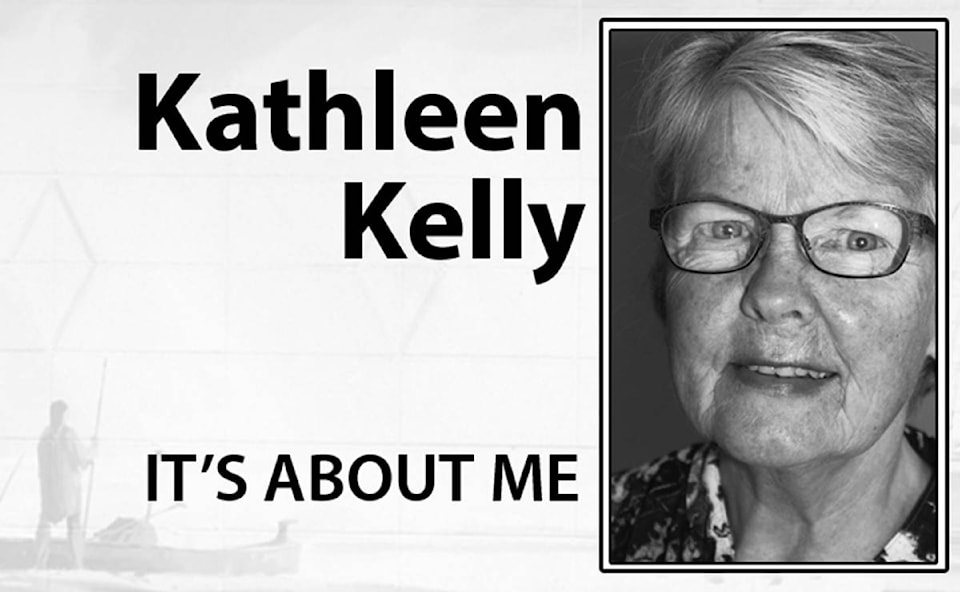Whenever and wherever there are signs of spring (snowdrops, crocuses, daffodils, irises breaking the winter soil, daylight coming earlier in the morning and staying later in the evening) the general belief is most individuals are simultaneously in the springtime of their life.
Springtime in life is synonymous with feeling romantic, walking with a bounce in one’s step, happily listening to birds chirping and generally having more energy and enthusiasm; dreaming of what summer is going to look like for work and holidays. This is basically what is meant by being in sync with the season. But if this were true (that most people are in sync with the season) I would not be attempting to write about the total opposite emotional response to spring that is experienced by many individuals. In a sense, I could say many individuals are in the autumn/fall time in their life when it is springtime in nature.
Most recently, we may have said “Happy Easter,” “Have a nice Easter Weekend” to others as the holiday of Easter was upon us again this year. Generally, when we say “Happy Easter” we are referring to Easter Sunday and not to Good Friday. Cognitively we know Good Friday precedes Easter Sunday. But to think of Good Friday is too unpleasant. Just like many nurses and doctors have heard visitors telling the patient who has third or fourth stage cancer “you’re a fighter…you can beat this” rather than letting the patient share how he/she feels about dying. For the most part, in Western society we are uncomfortable talking about death. Similarly, we may tend to avoid those who feel depressed and/or suicidal when we feel all springlike.
Individuals who suffer from Seasonal Affective Disorder are extremely sensitive to seasonal changes. While winter may be the worst season for depression, spring is the worst season for suicide. There are differing theories as to why suicide is highest in spring (early April-late May). One explanation is the depressed person in the winter months may not have the energy to plan an attempted suicide. But once the days are longer and energy returns (due to the increase in melatonin) a plan is formulated and often set in motion.
Another explanation for the increase in the number of suicides in spring is because of the illusion that everyone is happy, singing, laughing and dating. Spring is associated with fertility, lovers walking hand in hand, hopefulness and everything positive. The depressed person or the grieving person may feel anything but cheerful, hopeful, loved or positive. They may even feel angry when they see others happy because they know that they feel miserable.
The internal dialogue of an individual feeling miserable often entertains questions such as: “what is wrong with me?”, “why can’t I have someone in my life?”, “why do others avoid me?”, ”why am I so boring?” When these types of negative self-defeating questions occupy the internal dialogue of a person with a low self-esteem and tendency towards depressive patterns (low speaking voice, lethargic, increased need for sleep, less motivated, withdrawn from social settings, lack of interest in things that normally were enjoyable) an emotional downward spiral happens. In other words, an emotional tornado takes place inside the person. As we all know, a tornado does not reap havoc until it spirals so far downwards that it hits ground. So too if the internal dialogue is fed negative self-images, and self-defeating thoughts the results will be detrimental to every aspect (physical health, academic grades, career opportunities, social, spiritual, mental health, and financial status) of the individual’s life.
Another reason why depression or suicidal ideation may occur in late spring (late May) is because most scheduled group activities come to an end for the summer months. Research psychologists now refer to this form of Seasonal Affective Disorder as “Summer Depression.”
As stated earlier, some researchers believe that in spring an individual suffering from depression has the energy to formulate a plan and act on it. I would like to propose that each of us formulate a plan as to how we are going to avoid self-defeating thoughts feeding our internal dialogue this spring and all year round.
In next month’s article (May 10) I will discuss a plan for positive mental health.
Kathleen Kelly is a Chemainus resident and author of the book ‘The Tornadoes We Create.’
